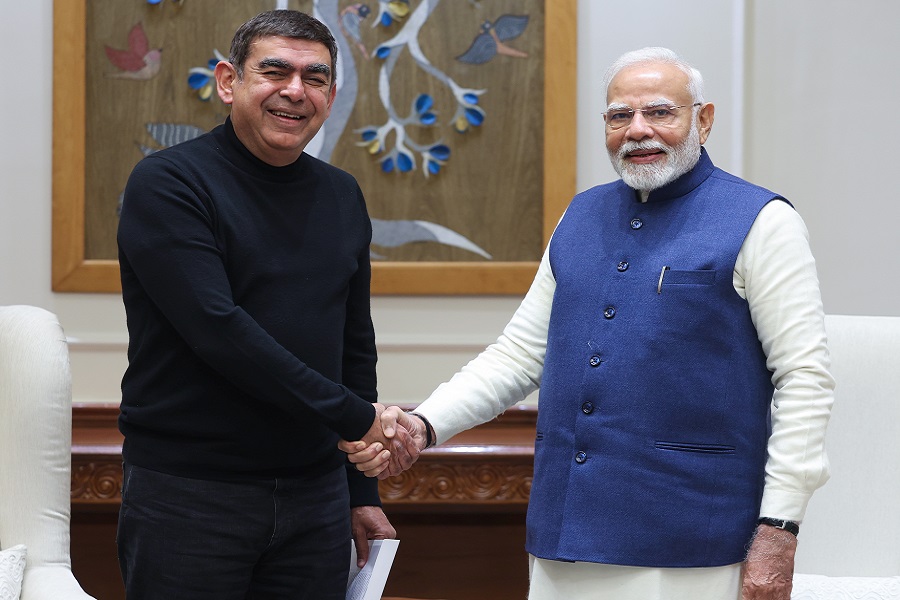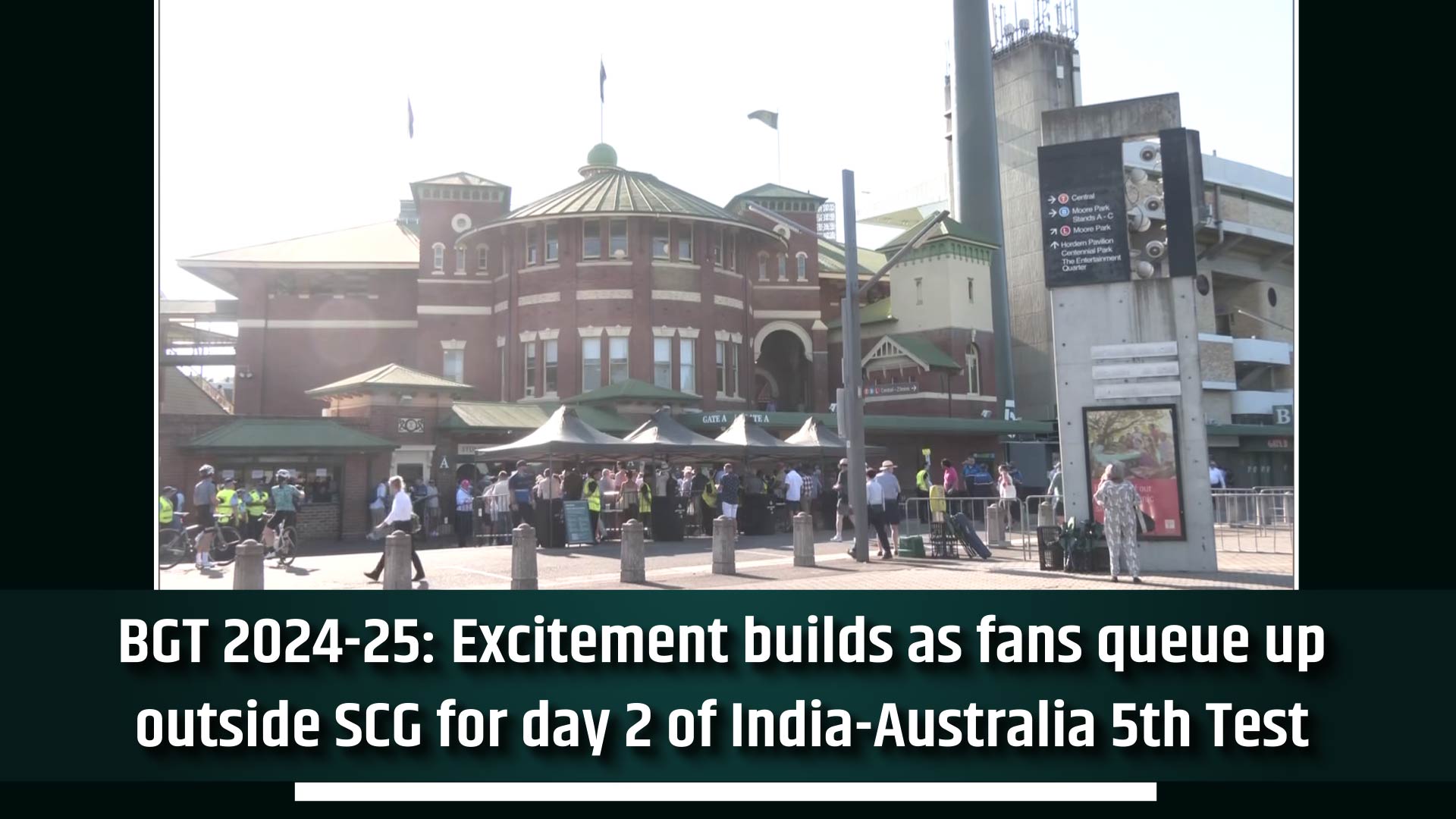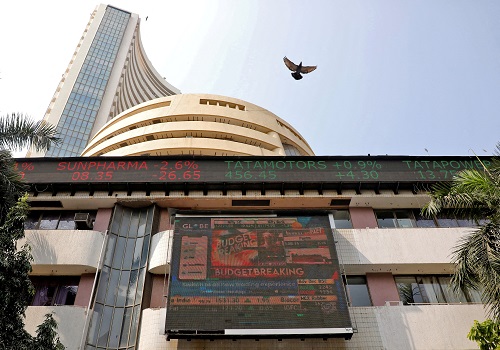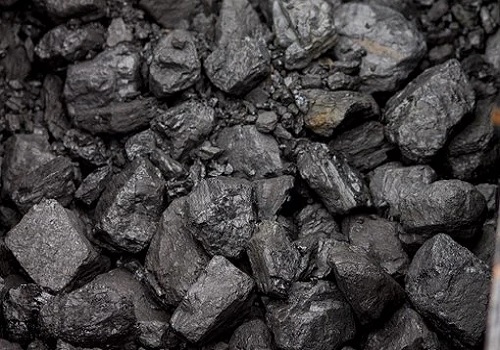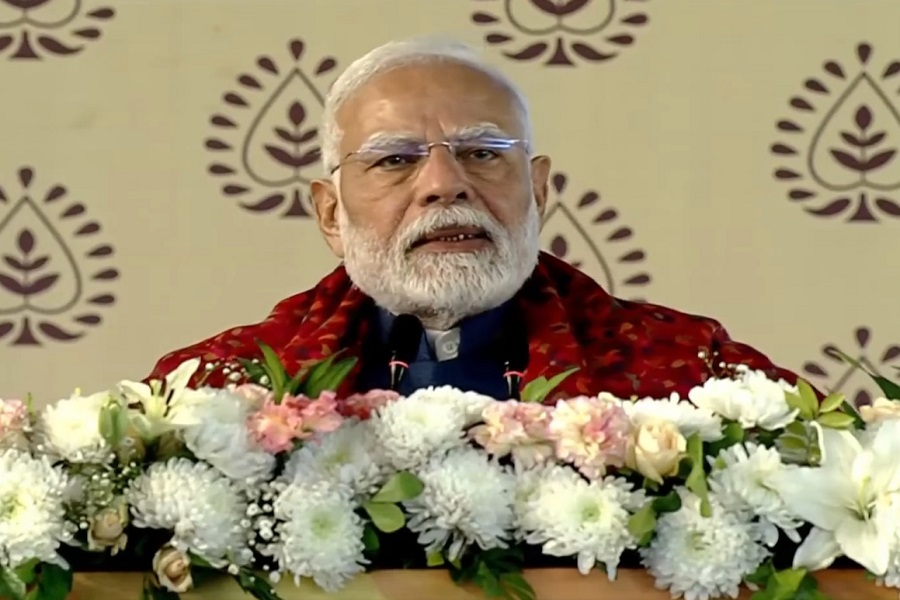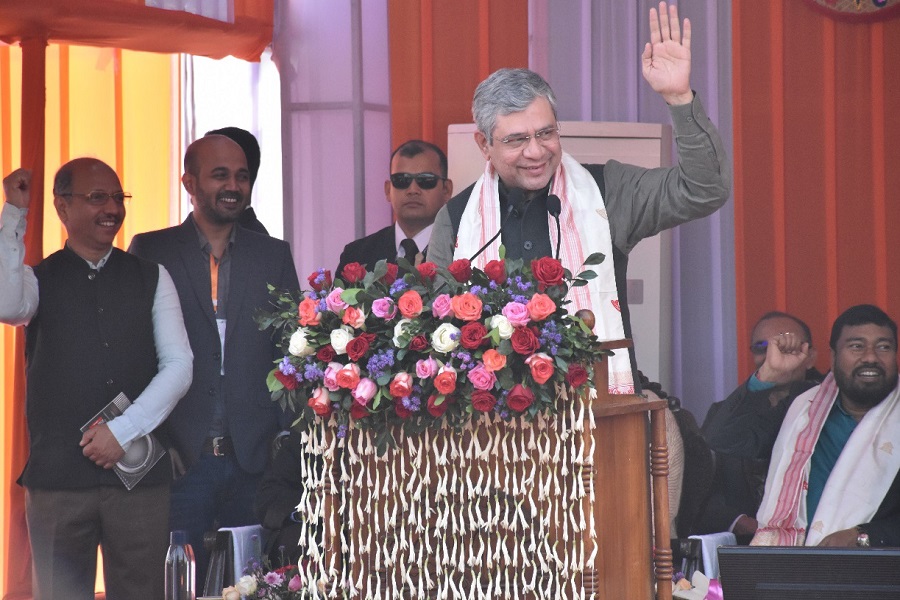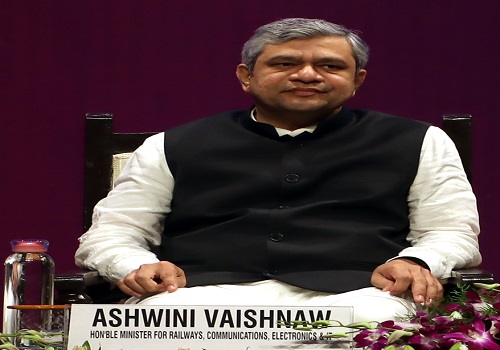India meets all-time high power demand of 250 GW, energy shortages at mere 0.1 pc
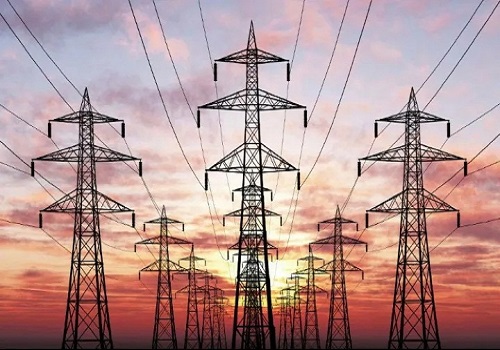
Follow us Now on Telegram ! Get daily 10 - 12 important updates on Business, Finance and Investment. Join our Telegram Channel
India successfully met an all-time maximum power demand of 250 GW during the current fiscal (FY25) as energy shortages at the national level dropped to a mere 0.1 per cent, the government said on Wednesday.
The year 2024 marked a landmark period for India's power sector, with historic advancements in energy generation, transmission, and distribution.
According to the Ministry of Power, due to significant additions in generation and transmission capacities, energy shortages at the national level have reduced to 0.1 per cent in FY 2024-25, a major improvement from 4.2 per cent in FY 2013-14.
In its year-end review, the ministry said that per capita electricity consumption in the country has surged to 1,395 kWh in 2023-24, marking a 45.8 per cent increase (438 kWh) from 957 kWh in 2013-14.
“Villages and households across the country have been electrified, marking a significant milestone in India’s power sector. The average availability of electricity in rural areas has increased from 12.5 hours in 2014 to 21.9 hours, while urban areas now enjoy up to 23.4 hours of power supply, reflecting substantial improvements in the reliability and reach of electricity services,” the ministry informed.
The country’s total installed power generation capacity has surged by 83.8 per cent, increasing from 249 GW (as of March 31, 2014) to 457 GW (as of November 30, 2024).
As of December 2024, domestic coal-based (DCB) power plants held 41.4 MT of coal, which is targeted to increase to 50 MT by March 2025.
Sustained coal supply during Q1 and Q2 of FY 2025 ensured meeting the peak demand of 250 GW in May last year.
The government has finalised National Electricity Plan from 2023 to 2032 for Central and State transmission systems to meet a peak demand of 458 GW by 2032. The total cost of the plan is Rs 9.15 lakh crore.
Under the previous plan 2017-22, about 17,700 circuit kilometers (ckm) lines and 73 GVA transformation capacity were added annually. Under the new plan, the transmission network in the country will be expanded from 4.91 lakh ckm in 2024 to 6.48 lakh ckm in 2032, informed the ministry.
During the same period, the transformation capacity will increase from 1,290 giga volt ampere (GVA) to 2,342 GVA.
“Nine high-voltage direct current (HVDC) lines of 33.25 GW capacity will be added in addition to 33.5 GW presently operating. Inter-Regional transfer capacity will increase from 119 GW to 168 GW. This plan covers the network of 220 kV and above,” the ministry noted.
Under the revamped distribution sector scheme (RDSS), 19,79,24,902 prepaid smart meters, 52,52,692 DT meters and 2,10,704 feeder meters have been sanctioned at a cost of Rs 1,30,670.88 crore.
“With groundbreaking initiatives such as universal electrification, enhanced rural power availability, and the adoption of cutting-edge technologies, India is firmly on the path to becoming a global energy leader,” said the ministry.
